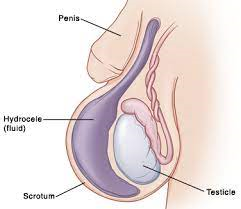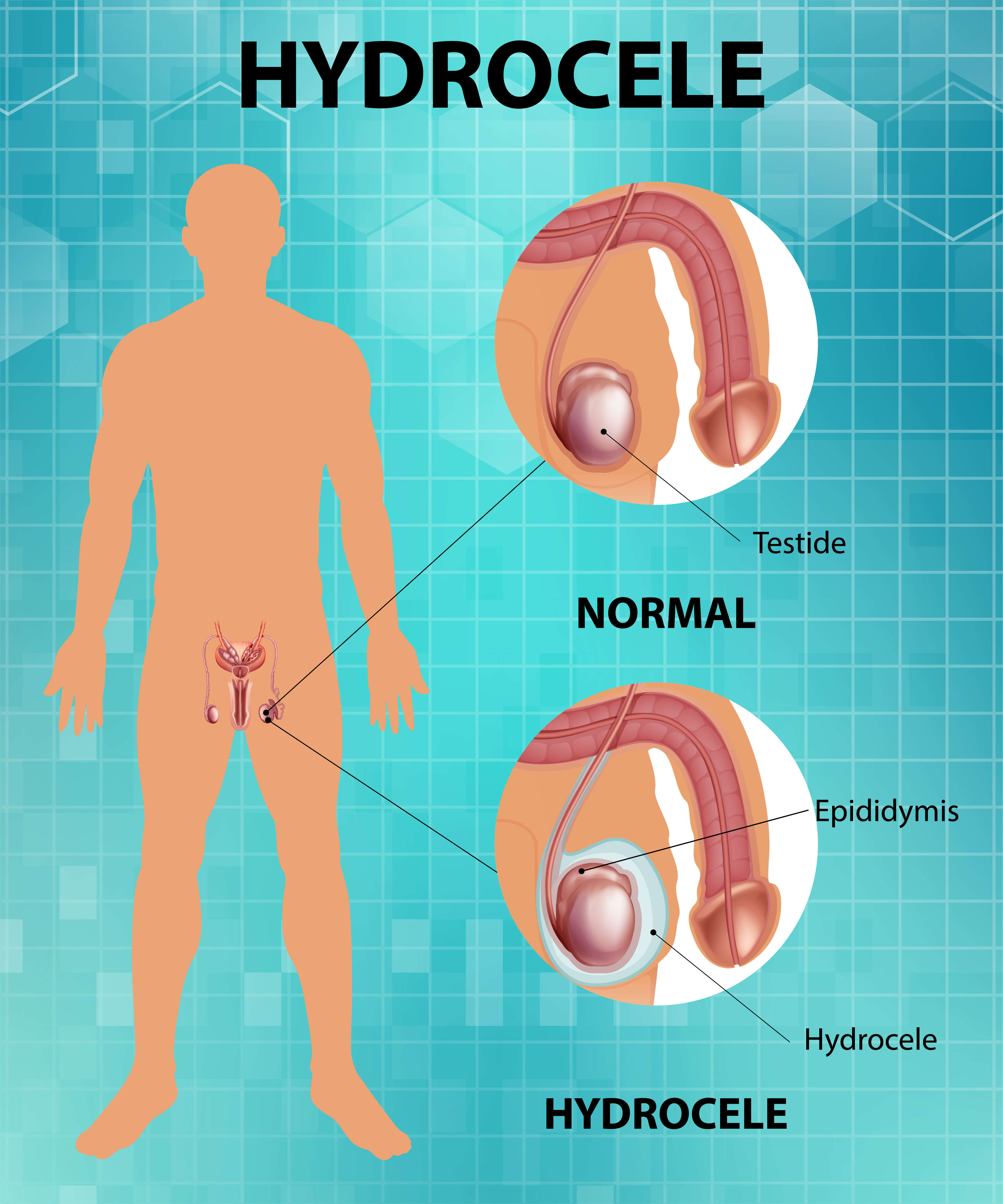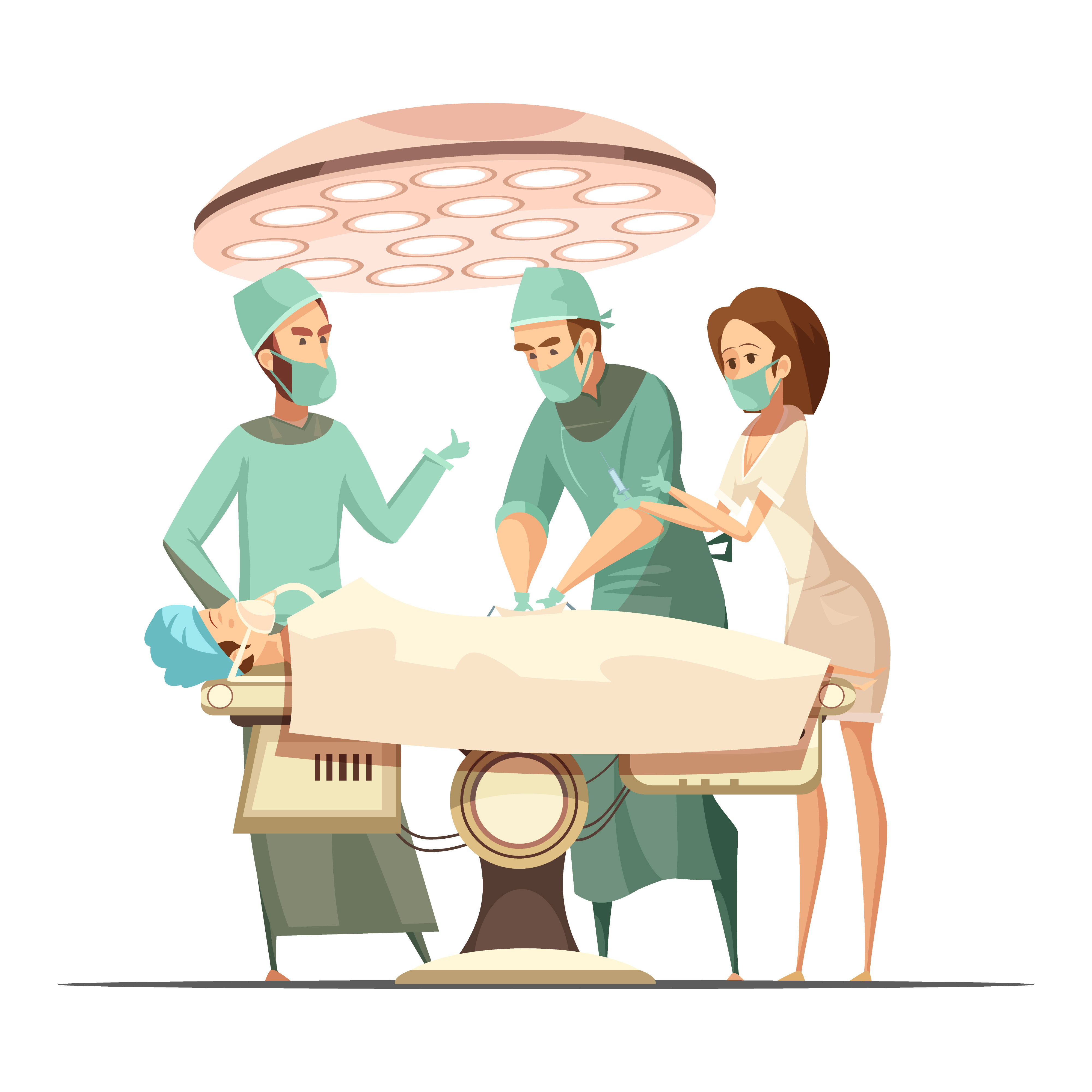Overview
A hydrocele is a type of swelling in the scrotum, the pouch of skin that holds the testicles. This swelling happens when fluid collects in the thin sac that surrounds a testicle.

A hydrocele is a type of swelling in the scrotum, the pouch of skin that holds the testicles. This swelling happens when fluid collects in the thin sac that surrounds a testicle.

Often the only sign of a hydrocele is a painless swelling of one or both testicles.
The swelling might make an adult's scrotum feel heavy. In general, pain gets worse as the swelling increases.
When abdominal fluid flows into the scrotum and gets collected there, the condition is called hydrocele. It does not cause pain but swelling. In babies, hydrocele can disappear on its own. In adults, hydrocele is usually the result of either some inflammation or an injury of the scrotum.
Hydroceles are of two types:
Noncommunicating hydrocele: It is when the sac closes like normal, but the body doesn't absorb the fluid inside it.
Communicating hydrocele: It is when the sac doesn't seal and has an opening into the abdomen. It causes swelling to the scrotum.

Most hydroceles are present at birth. At least 5% of newborn males have a hydrocele. Premature babies, who are born more than three weeks before their due dates, have a higher risk of having a hydrocele.
Risk factors for getting a hydrocele later in life include:
Injury or inflammation within the scrotum.
Infection, including a sexually transmitted infection.

Diagnosis
To diagnose a hydrocele, the doctor at Lotus Hospital Faridabad will initially perform a physical exam. The doctor may check for tenderness in the scrotum by a process called transillumination that allows them to determine if there is a fluid build-up in the scrotum. Further, the doctor may also apply pressure to the abdomen and ask you to stand, strain, or cough in order to confirm the diagnosis, as there are similar symptoms involved in the case of an inguinal hernia.
After the physical examination, the doctor may recommend some tests to determine the most suitable method for hydrocele treatment.
Blood Test : You will be required to go for a blood test in order to determine your complete blood count. Blood test helps in detecting possible infections such as epididymitis.
Urine test :In order to ascertain the cause of hydrocele and determine if there is an underlying infection, you will be required to go for a urine test.
Ultrasound :The doctor may ask you to go for an ultrasound to rule out possible complications like hernias, tumors, or any other cause of scrotal swelling.
Procedure
During the surgery, anesthesia will be administered first. Primarily, general anesthesia will be used that will put the patient to sleep.
The surgeon will then make a small cut or incision in the scrotum.
The accumulated fluid is then drained out of the hydrocele, and then the tissue that forms around the hydrocele is removed or repositioned.
A thin tube is used to drain out the fluid. The tube is removed after the hydrocele is drained completely.
Once the procedure is complete, the incision is closed with stitches or sutures.
As with most surgeries, you will need to refrain from consuming any food or fluids for at least 8 hours prior to the treatment.
Before going for the surgery, you should inform your surgeon about any prescribed or over-the-counter medications you are taking in order to avoid possible complications during the procedure.
You may be required to go for certain pre-operative medical evaluations, such as blood tests and urine tests, in order to make sure that you are healthy enough to undergo surgery.
After the surgery is complete, you can expect to feel a little disoriented. You will be shifted to an observation room until the effects of anesthesia wear off.
Once you are fully awake, you will be shifted to the recovery room, where the doctors and nurses will monitor your condition. Ice packs will be given to reduce the swelling in the scrotum. Depending on your health status, you will most likely get discharged on the same day.
The complete recovery after hydrocelectomy will take around 2 to 3 weeks. After the surgery, you may experience bruising or swelling in your groin or scrotum. The doctor at Lotus Hospital Faridabad will give you a detailed recovery guide to ensure that post-surgery complications don’t occur.
Thus, with proper care and a healthy diet, you will be able to get back to your daily activities within a week. Strenuous activities, such as cycling, riding a bike, gym exercises, etc., should be continued after the recovery is complete.

Delivering Seamless Surgical Experience in Faridabad
The estimated hydrocele surgery cost in Lotus Hospital Faridabad is from Rs. 20,000 -30,000.
Yes, hydrocele surgery is covered under health insurance at Lotus Hospital Faridabad when the condition is symptomatic.
The best treatment for hydrocele is surgical repair.
A hydrocele is the accumulation of fluid in the scrotum whereas varicocele is the enlargement of the veins within the scrotum.
Copyright © 2025 | All Rights Reserved | Designed By EVG Software Solutions